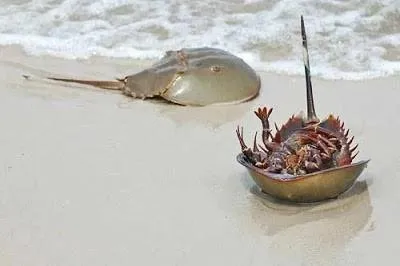
Trimmed or Mimi (Limulidae tribe) includes four types of extravagant animals (arthropods) that inhabit the shallow waters of the paya-paya and mangrove areas. All of them are members of the tribe of Limulidae and become the only representatives of the Xiphosurida people who still survive on earth. These animal fossil prints have not changed in significance since Devon (400-250 million years ago) compared to their present form, although the species are not the same.
The Javanese call mimi for the male sex and mintuna for the female. This animal is monogamous, so it is often used as a symbol of sibling married couple. The English know him as a horseshoe crab or "horseshoe" because of its shape that is considered like a horseshoe.
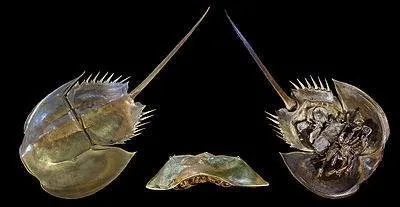
Types of Pruning.
- Marga Carcinoscorpius.Carcinoscorpius rotundicauda, mimi ranti, living in the waters of Southeast Asian mangroves
- Marga Limulus. Limulus polyphemus, inhabits the eastern coast of North America
The Tachypleus clan. Tachypleus gigas, mimi moon, inhabits the coast of Southeast Asia and South Asia, while the Marga Tachypleus tridentatus, inhabits the shores of East Asia - Of the several genera of this species, only L.
polyphemus is not found in Indonesian waters.
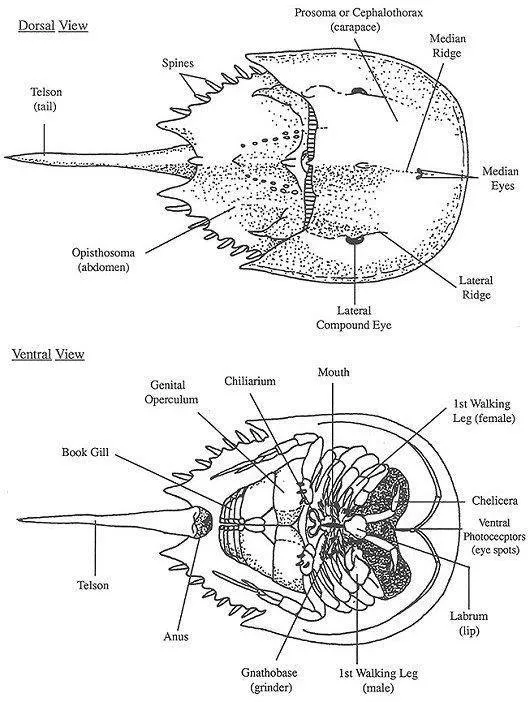
10 Unique and Fascinating Facts About Cutting.
- Cut it Very Old
Not without reason the media gave the title as "living fossils" for this crab. Especially for Aurora Lunataspis, found in Manitoba, Canada. The 25 millimeter-wide creature has apparently crossed over 445 million years. Therefore, they are also called the oldest horseshoe crab in the world. But the form has indeed undergone a long evolution. First the front has branches. But the current version has only one. - Trim It Turns Not Including Crabs
Never mind crabs, horseshoe crabs are not even included in the category of animal crustaceans. In general, crabs and their families have a considerable amount of antennas. Contrast with this one creature. So they join together the classification of chelicerates, a kind of subphylum in which there arakhnida as well. Chelicerae is also a typical name because the animal that has two body segments has a pair of unique tweezers. - Trimming Has a Sleek Eye Sense
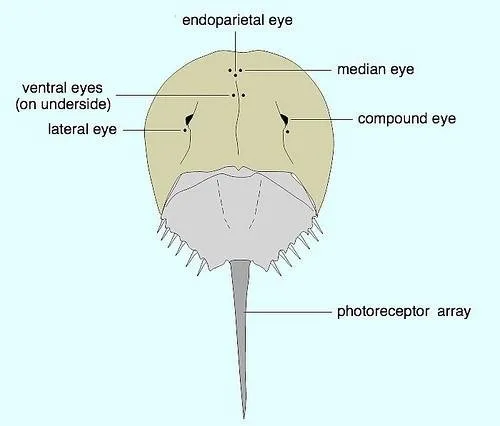
On each side of the shell there are multiple eye senses. This section is very helpful when the mating season arrives, so they can detect their partner properly. At the back of the eye, there is a small photoreceptor called the lateral eye. In front of its own shell there are two eyes of moderate size and one single endoparietal eye. While at the bottom there are two ventral eyes. These senses are helpful when they navigate while swimming.
- Baby Belong Can Swim Up and Down
If the opportunity to walk on the seabed, chances are we will see horseshoe crabs running here and there. As for the young crabs, they will do improvisation with the gills. Can be spelled out, the gill is used as an oar when swimming. But as they grow older, they will rarely use them. - The Tail of It is Multifunctional
During this time we are often mistaken, assuming that their tail can sting the victim. In fact, the back of their body is very useful when they move, driving themselves. In addition, the tail can also be an effective aid in case the horseshoe crab is stuck in the back. - Adult Snack Food
Both horseshoe crabs in the form of larvae or adults, they both consume water worms. But the choice of adult food menu is quite diverse. They will also devour algae, mussels, and shellfish. To eat it, they are accustomed to pounding the food first, to then be pushed into his mouth. - Annual Events Cut
This crab also has its own annual agenda, precisely in May and June. At that time, they will lay their eggs at bay. If it arrives at night, the females arrive on the coast along with one or more male crabs. He then dug the sand to secure his eggs. Then the male fertilizes the eggs. Some migratory coastal birds are likely to descend and target eggs that are indeed rich in nutrients. - Trimming Down to Adults is Rare
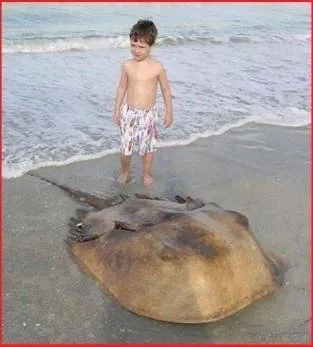
Actually, the mother of this crab can incubate up to 90,000 eggs in the nest. But we can not expect much if thousands of would-be horseshoe crab will survive to adulthood. When shaped, their lives are already threatened. The predators are ready to target. Whether it's a fish, a bird, or a sea turtle. No wonder that of the thousands of eggs, it is estimated that only about 10 crabs that will survive to grow.
- Females Better in the Atlantic Greater than the Male
Their size can be 25 to 30% larger. As for the process of maturation, the females tend to develop more slowly. The males are ready to pair up at the age of 8 or 9 years. While the opposite sex can only be productive at the age of 10 or 11 years. - Be Hero Be a Vaccine Hero
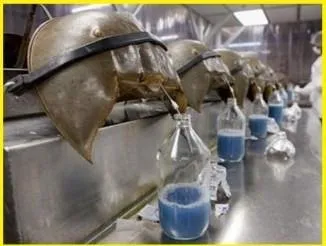
It has been mentioned before, if this crab has a strange or unique blood. It is blue and contains hemocyanin, not hemoglobin. Scientists conduct important studies related to its benefits to the medical world. Protein content and amebocyte cells - the "hero" behind the failure of bacterial attacks against human blood. Yes, the horseshoe crab routine is captured for later extracted or exploited by his blood.
Endangered Threatened Gems.

It is arguably the best evolutionary winner of all time. This animal has existed since 450 million years ago, long before the dinosaurs, and has passed five mass extinctions.
"(Belangkas) looks like something you can imagine, but never seen before. Seeing them look like a unicorn, "said wildlife photographer for New York City Audobon, Camilla Cerea, told Smithsonian.com July 5, 2017.
Then, not only live to be seen alone, it is also useful for humans. Each year, the blood of 500,000 barrels is used to test bacterial contamination of various products, ranging from contact lenses to vaccines. In addition, people in some countries also harvest the crops for use as bait or food.
However, now living fossils are in danger of extinction. In the past year, Atlantis has been marked as a vulnerable animal in the Red List of the International Union for the Conservation of Nature.
Some of the causes include coastal reclamation and rising sea levels due to climate change that removes the crop habitat to breed. In addition, uncontrolled cropping harvest also makes the world's shrinking population shrink.
For that, Cornell University and NYC Audobon also work together to conduct monitoring programs every year. In the program, researchers and volunteers will patrol the New York beaches to record live spawns.
Cerea, who plans to participate as a photographer and volunteer next year, says the crop is a very important animal, but it is unknown to many people. They are even older than dinosaurs, but they are real and still here.
"Do not let us be the cause of the extinction of the winner of this evolution in the next 450 million years," he said.
Usefulness of Pruning.
The blood plasma extract (haemocyte lysate) is widely used in biomedical and environmental studies. In the United States, China, and Japan this blood extract is used as a test for endotoxin and to diagnose meningitis and gonorrhea. Anti-toxin serum using hens has grown in Europe, the United States, Japan, and West Asia. Blood color is blue, formed from a compound similar to hemoglobin in humans, called hemosianin. If the hemoglobin has a central iron atom, hemosanin has a copper atom as its center.
Meat and eggs can be consumed. The Malay Community in Kota Tinggi, Johor, is familiar with spicy and chili sauce. Barbeque is also eaten with only grilling or burning. However, the crops produce a kind of poison that can be intoxicating. Only certain parts can be eaten and only one who is familiar and expert who knows how to present seafood from this cage.
There is a proverb in the Javanese society that is 'mimi-lan-mintuno' which means true love, because these animals are often found in pairs.